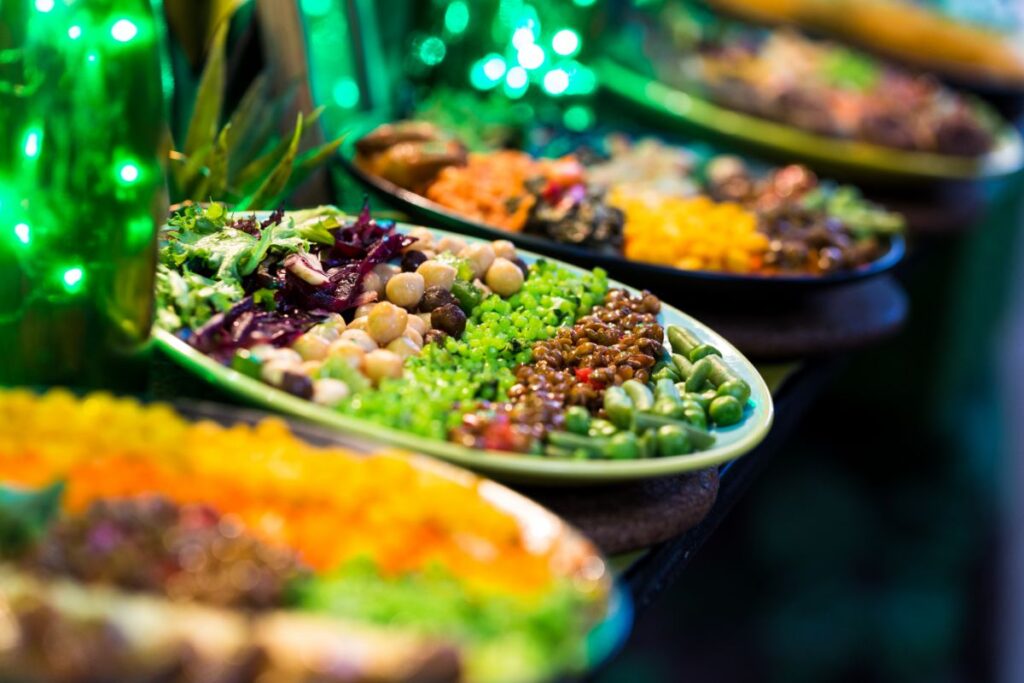 Items
Items


For MacLennan, animals can also use their intuition. For Bain, instinct is “the untaught ability”. For Einstein “all great achievements must start from intuitive knowledge”. For Gandhi, “everyone who wills can gear the inner voice”.
Neuroscience has recently confirmed a relationship between intuition and our brain response, often associated with the right side of the brain or “analog brain”. Science magazine has located it in the ventromedial prefrontal cortex, a part of the system where we store information about the past, which triggers non-conscious responses that we register as intuition (Cacioppo, 2004).

Intuition and Food
In connection to food, recent scientific articles relate intuition with a more logical and healthy way of eating. This method would allow eating in a healthy way, helping our body to recognize that the way we treat it is an essential piece for our equilibrium, and this methodology has reported positive results (Van Dyke & Drinkwater, 2013).
In the article “Learning to eat intuitively: A qualitative exploration of the experience of mid-age women” (Barraclough et al, 2019), a group of researchers described the concept that is beginning to be known as Intuitive Eating (IE), which has to do with “recognizing bodily signals of hunger and satiety,” as well as other inputs, “beyond emotional or externally imposed feeding” (Tribole and Resch, 2012; Tylka and van Diest, 2013).
Researchers point out that simply forcing or food restriction has a limited long-term course, as it can increase preoccupation and compulsive effect (Field et al., 2004; Polivy and Herman, 1985; Ward and Mann, 2000) and weight cycling (Field et al., 2004).
Is it possible to eat more intuitively? How do you know if the voice you don’t hear is the right one? A conscious way of eating is being nowadays proposed, based in the idea of mindfulness eating: being kind to oneself implies not eating more than we intend, or foods that do not make us feel good with chemical substances, sugar or carbohydrates in excess. On the other hand, it connects us with the food that is truly beneficial for us.

Real Wellbeing
From a deeper reconsideration of “wellbeing” concept, we intend to abandon the idea of “prohibition” and promote a deeper commitment to each of us, based on the observation of how certain foods help us, how it makes us feel after consumption and how we can modify our habits to achieve sustainable change. One possible model (Hawks et al, 2004), proposes four vectors of discussion:
– Intrinsic: the ability to recognize the physical signs of hunger, satisfaction and fullness.
– Extrinsic: consideration of a wider range of food possibilities beyond those we want to eat.
– Anti-diet: appreciation of food and focusing attention on the physical effects of what we eat.
– Self-care: valuation of health and energy more than appearance.
The Berkeley Wellbeing Institute invites us to check our habits and propose four steps to connect more with our intuitive eating process:
1.Ditch the distractions (specially TV or phone).
2. Connect with your body (closing your eyes and connecting with your sensations).
3. Enjoy healthy but tasty (best food can be delicious).
4. Don’t punish yourself (eating skills can be acquired step by step).
According to Intuitive Eating, what makes us feel good now can also make us feel better later if we connect with our intuition. And it’s a way to create better habits. Certainly, this approach becomes specially interesting because it is deeply regenerative. We are, as Borges wrote, not only what we reason, but also “the numerous cloud that melts in the west, the rose that becomes another rose”. We are what we intuit, we are also intuition.
Choose up to two answers

